Andasibe-Matandia Park – in the search for the Indri Indri lemur
Andasibe Matandia National Park is a popular wildlife protected area ‘closest’ to the capital city of Antananarivo. Created in 1989, the park is approximately 150 sq kms in size. Andasibe Matandia is a part of the last remaining eastern tropical rain forest belt of Madagascar. It is home to the largest living lemur – the Indri Indri.
This will either be your first stop or your last stop on your adventure trip to Madagascar. A visit to Andasibe should ideally be on your itinerary as this is one of the few places where you can see and ‘hear’ the star attraction– the Indri Indri lemur, the largest of all lemurs.
The calls are surely quite ‘haunting’, to say the least. I suspect the name ‘lemur’ came as a result of these unique calls! The word ‘lemur’ comes from Roman mythology, where wandering souls of the dead, called ‘lemures’, came back to haunt the living.
Hear our video on the deep, loud, eerie, wailing calls of the Indri Indri in Andasibe Matandia National Park.
About Andasibe Matandia National Park
Park Wildlife
In addition to the star attraction – the Indri Indri, there are 10 other species of Lemurs in the Park and surrounding reserves. Lemur species include the brown, grey and lesser bamboo lemurs, woody lemurs, red-mouse lemurs, red-bellied lemers, black and white ruffled lemurs. If you are very lucky, you can also spot the queer ‘aye-ayes’ plus three nocturnal species: rufous mouse, greater dwarf, and eastern woolly lemurs.
The extraordinary animal diversity in this forest is attested to by another 15 species of mammals, 100’s of birds (including a quite few endemic ones), 50 reptiles and more than 80 amphibians. The forest is home to the biggest chameleon of the island – Parson’s chameleon, and many leaf-tailed geckos.
There are a variety of frog species in the park, which include the brightly coloured golden mantella. Most reptiles and frogs, however, are seen during night walks only.
Fauna
The primary forests of Andasibe-Mantadia are covered with moss, fern tress and more than a hundred orchid species. There are other common plants like pandanus, ravinala palm-tree, tambourissa, bamboos. Some precious wood, like palisander and ebano are also found here.
Sections of the Park
Andasibe-Mantadia National Park encompasses two distinct areas: the small Réserve Spéciale d’Analamazaotra in the south next to Andasibe village; and the much larger Parc National de Mantadia to the north. Both parts initially belonged to the same humid forest, but now due to human activities, they are divided in two.
The main activity of tracking the Indri Indri and other lemurs is done in Analamazaotra. Mantadia, 20 kilometres to the north, is a vast tract of protected rainforest. But, it has a hillier terrain, with fewer established trails through its impressive forest. If you have the time, an additional day spent in trekking Mantadia is well worth it.
Additionally, there is a community run forest: Mitsinjo forest to the south. Run by the Association Mitsinjo, this is the place where you can do quite amazing night forest walks.
A little more about our lemur star: the Indri Indri
The name “indri” most likely comes from a native Malagasy name for the animal, endrina. Today the Malagasy call it the “Babakoto” – roughly translated as ‘ancestor’, ‘father’, ‘father of man’ or ‘father of a little boy’. In Malagasy language – ‘Baba’ means father and ‘koto’ means boy. The name also explains the reverence and protection of this animal by the locals. Accompanied by many legends of its origin, the local Betsimisaraka people consider it a ‘fady’ (taboo) to harm the Babakoto. All Malagasy treat it as a sacred animal, not to be hunted or harmed.
The largest living lemurs, Indris reach up to 1 meter in height. Indri Indri is the only specie in the genus ‘Indri’ and is most closely related to more primitive primates including Bushbabies, Pottos and Lorises. Declared as a ‘critically endangered’ species in its severely depleted habitat, the Indri Indri is found only in pockets of the rain forests in Eastern Madagascar.
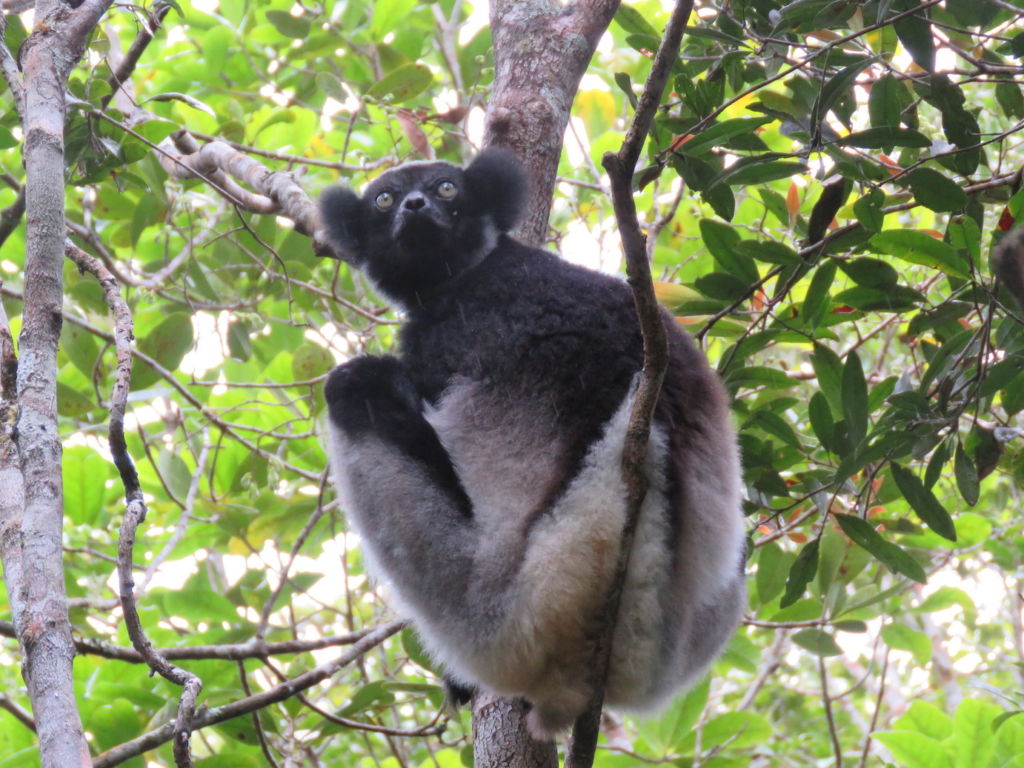
Social Behaviour
The Indri practices long-term monogamy, seeking a new partner only after the death of a mate. Like many other species of lemur, Indris have a female dominant society. The dominant female often will displace males to lower branches and poorer feeding grounds. The Adult female also typically leads the group during travel.
Living in small groups, Indri Indris are arboreal animals meaning that they spend the majority of their lives, eating, sleeping and mating high up in the trees. The lemur cannot survive in captivity.
The Vocal performance
The Indri Indri groups are quite vocal, communicating with other groups by singing, roaring and other vocalisations. The haunting eerie, wailing cries ring throughout the forest. (I am sure you are convinced of this by the video above!)
Before singing, the Indris move to the tree-tops, which allows them to be heard up to 4 km away. It makes loud, distinctive songs, which can last from 45 seconds to more than 3 minutes. Song duration and structure varies among and even within groups, but most songs follow a three-phase pattern.
Check out the songs of the Indri Indri again
Things to do in Andasibe Matandia National Park
Check out our video on Andasibe Matandia National Park:
1. Forest Walk in Analamazaotra Reserve
A walk here is the standard must do. Tracking the Indri Indri and other lemurs like the Diademed Sifaka is an exhilarating activity. Do stop to observe the other flora and fauna as well. Most of the trees and birds here would be unique and found nowhere else in the world.
2. Treks in Matandia
As mentioned earlier, Mantadia, has a vast tract of protected rainforest and a has a hillier terrain as compared to Analamazaotra. About 20 kms to the north, Matandia has fewer established trails for forest walks. However, if you can afford the time, an additional day spent in trekking the Mantadia forests would be amazing!
3. Nightwalks
Run by the Association Mitsinjo, Mitsinjo Forest is the place where can participate in amazing Night forest walks. This is to the south of Analamazaotra and is guaranteed to be a unique wildlife experience! Watch various nocturnal lemurs, chameleons and amphibians which would otherwise not be visible in the daytime.
4. Visit to the Ankona Private reserve
Though a delightful excursion, this can be slightly controversial. If you are a true wildlife enthusiast and have a disdain for ‘zoos’ or watching / interacting with animals in a captive area, Vakona is NOT the place for you.
Just next to the beautiful Vakona lodge, is a small island where various Lemurs are kept captive. The Lemurs are NOT kept in cages – but the island acts like a ‘prison’ as Lemurs seldom cross water. The Lemurs roam around comfortably on the island and are quite used to humans. Many of them would be quite happy to sit on your head in anticipation of a snack titbit! But, of course, I completely understand the conservation point of view that wild animals are best observed in the wild and any sort of ‘contact’ to humans only harms these innocent animals. My group had a delightful time while I debated on this question!
We saw 4 species of Lemurs on this small island: Common Brown Lemur, Black and White ruffed Lemur, Red Ruffed Lemur and the Eastern Lesser Bamboo Lemur. A shortcut to the hard work of tracking these lemurs in the wild.

5. Visit to Madagascar Exotic: the Peyrieras Private Reserve
On the way back to Tana after you complete your trip to Andasibe (or the other way round), it would be a good idea to make a short pit-stop at the Peyrieras Private reserve.
A private ‘park’, Peyrieras has a collection of many reptiles (chameleons, iguanas, geckos), amphibians, crocodiles and butterflies. These species are kept in large caged buildings and ‘green-house’ type structures. Tourists can enter these structures accompanied by a guide who would show (the animals can be in deep camouflage) and identify the various reptiles.
An amazing experience, you get to see various unique species of Chameleons – which would be very difficult to track otherwise in the wild.
How to get to Anadasibe?
Road is the only way to get to Andasibe from Tana. Depending on the traffic in Tana and the time you start, the journey can take anytime between 3-5 hours. This section of the country has heavy goods traffic and the roads are terrible (as is the case throughout the country). Avoid driving in the evening and at night!
How many days should be spent at Andasibe?
Our recommendation: From a minimum of 2 days / 1 night to an optimal duration of 3 days /2 nights. A walk in the Matandia section (though not quite frequented by tourists) would be a great adventure – but only if you have the time!
Closing thoughts – Andasibe-Matandia National Park
A visit to Andasibe Matandia National park is highly recommended by us. Situated to the east of Tana, it would be an extension to standard itineraries which focus on the West, South or Northern part of Madagascar. In addition to the Indri, it is a lovely opportunity to spot as many species of Lemurs as possible in the last remaining rainforests of Madagasacar. Ranomafana to the south of Tana is the most popular wildlife park and it has a greater concentration of Lemurs. However, the closer Andasibe offers you the unique opportunity to spot and hear eerie haunting calls of the Indri Indri!
For more information on Madagascar check out our other blogs:
Top 10 experiences of Madagascar

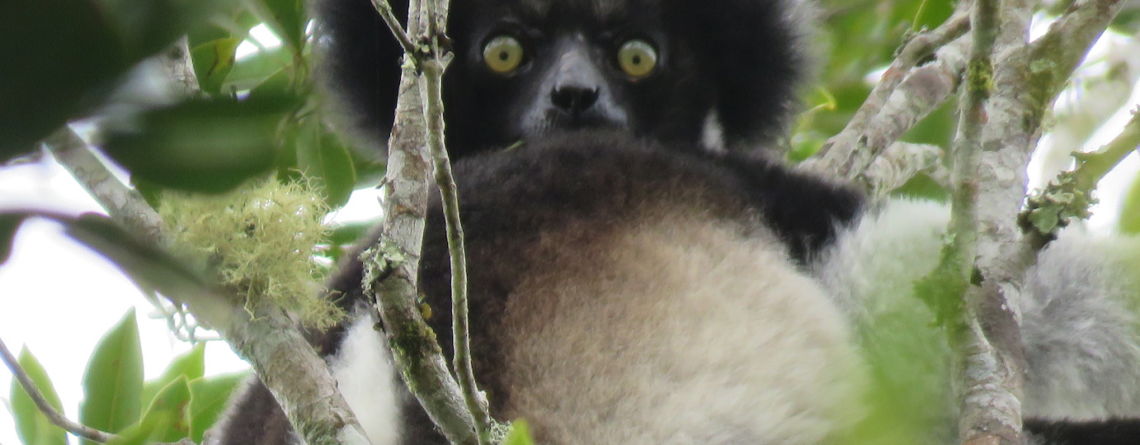

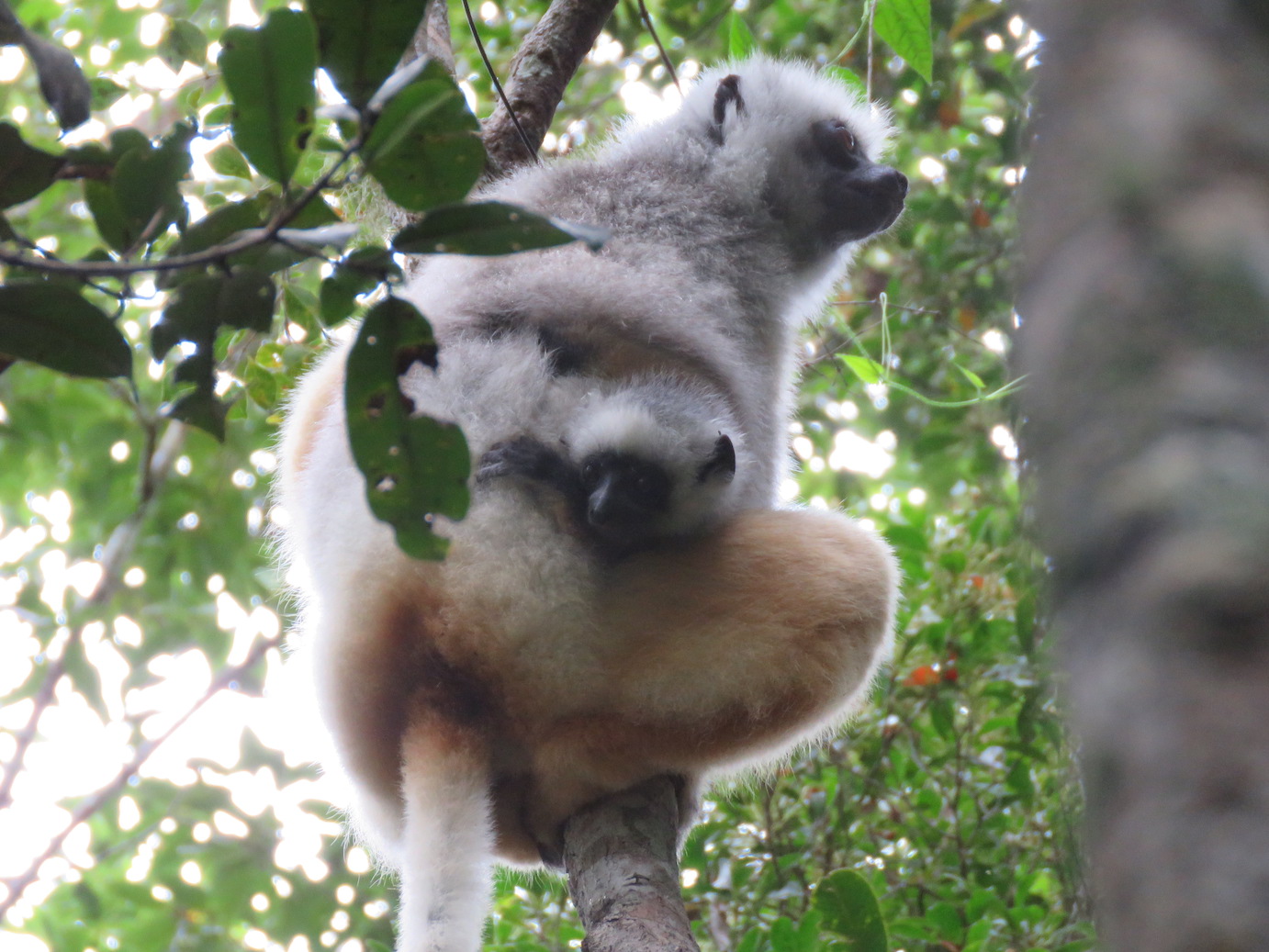
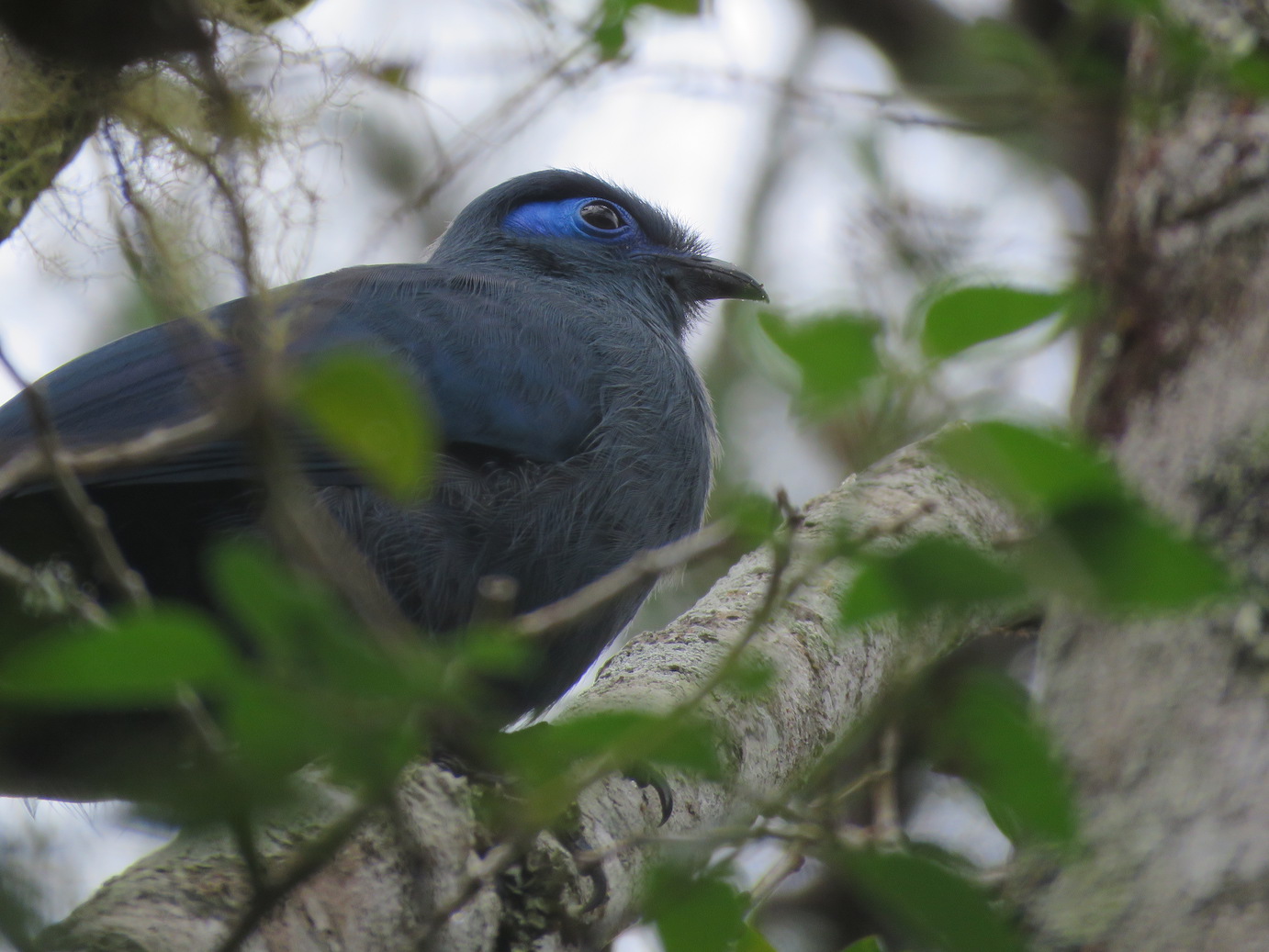

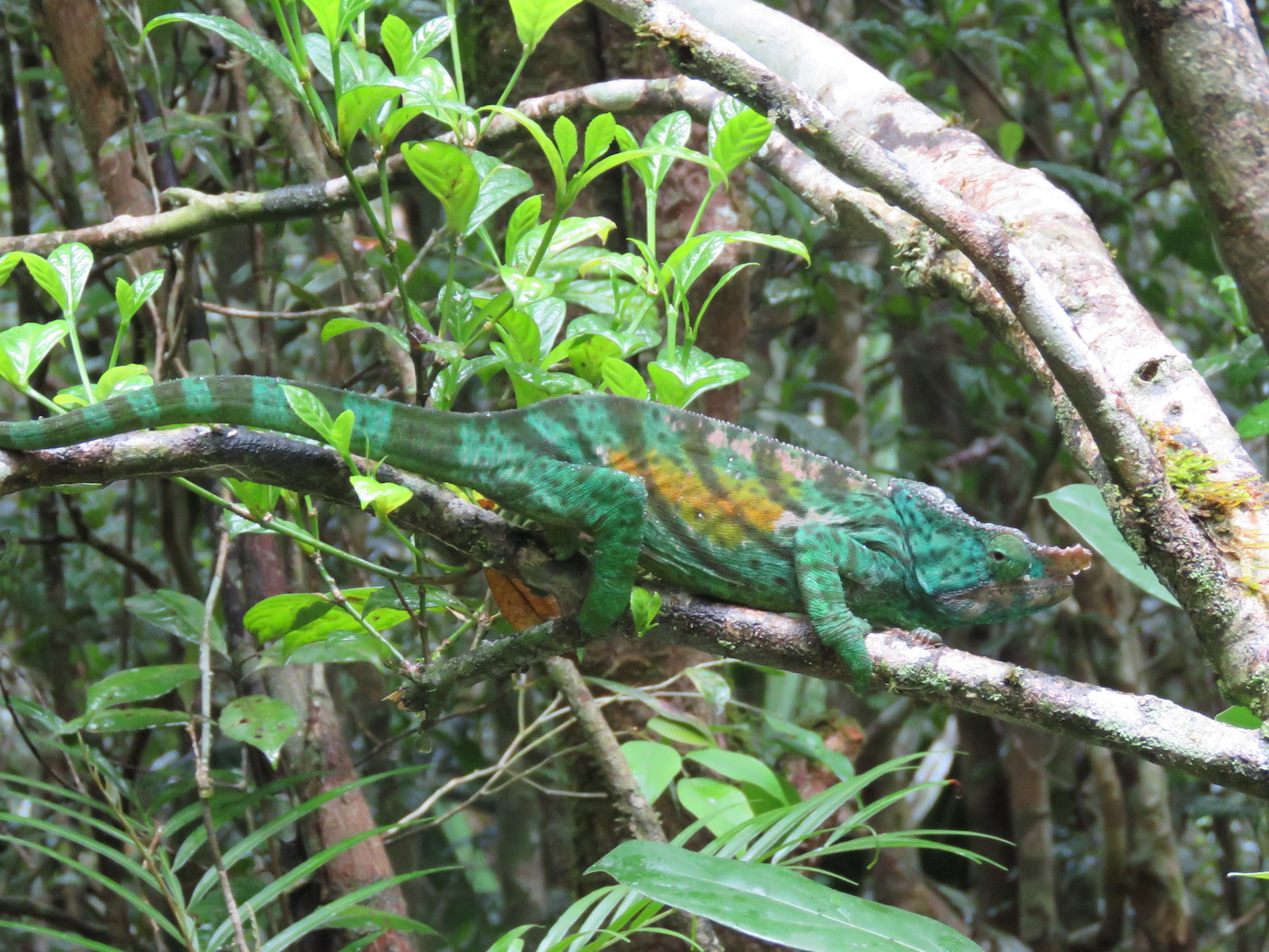
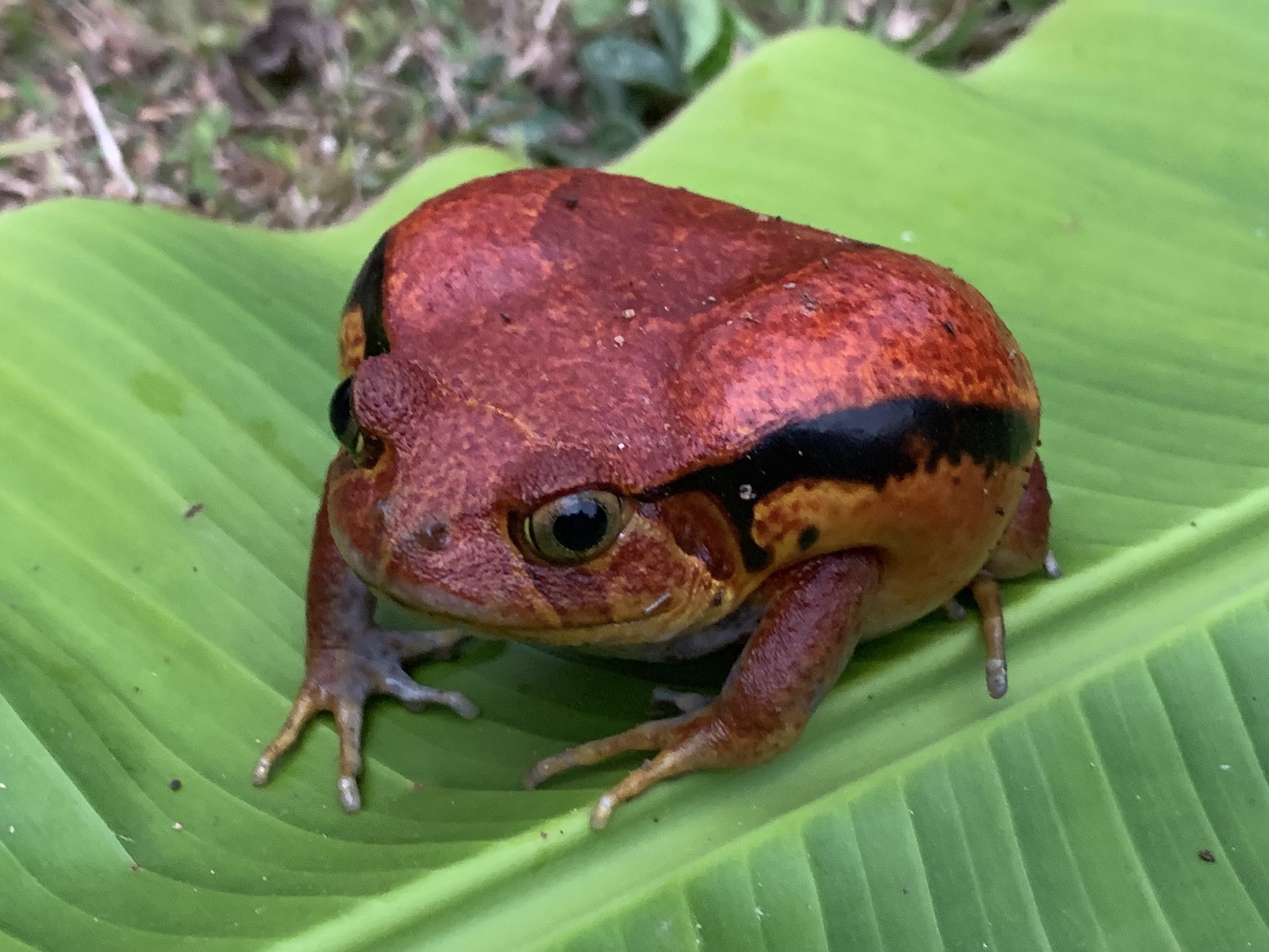
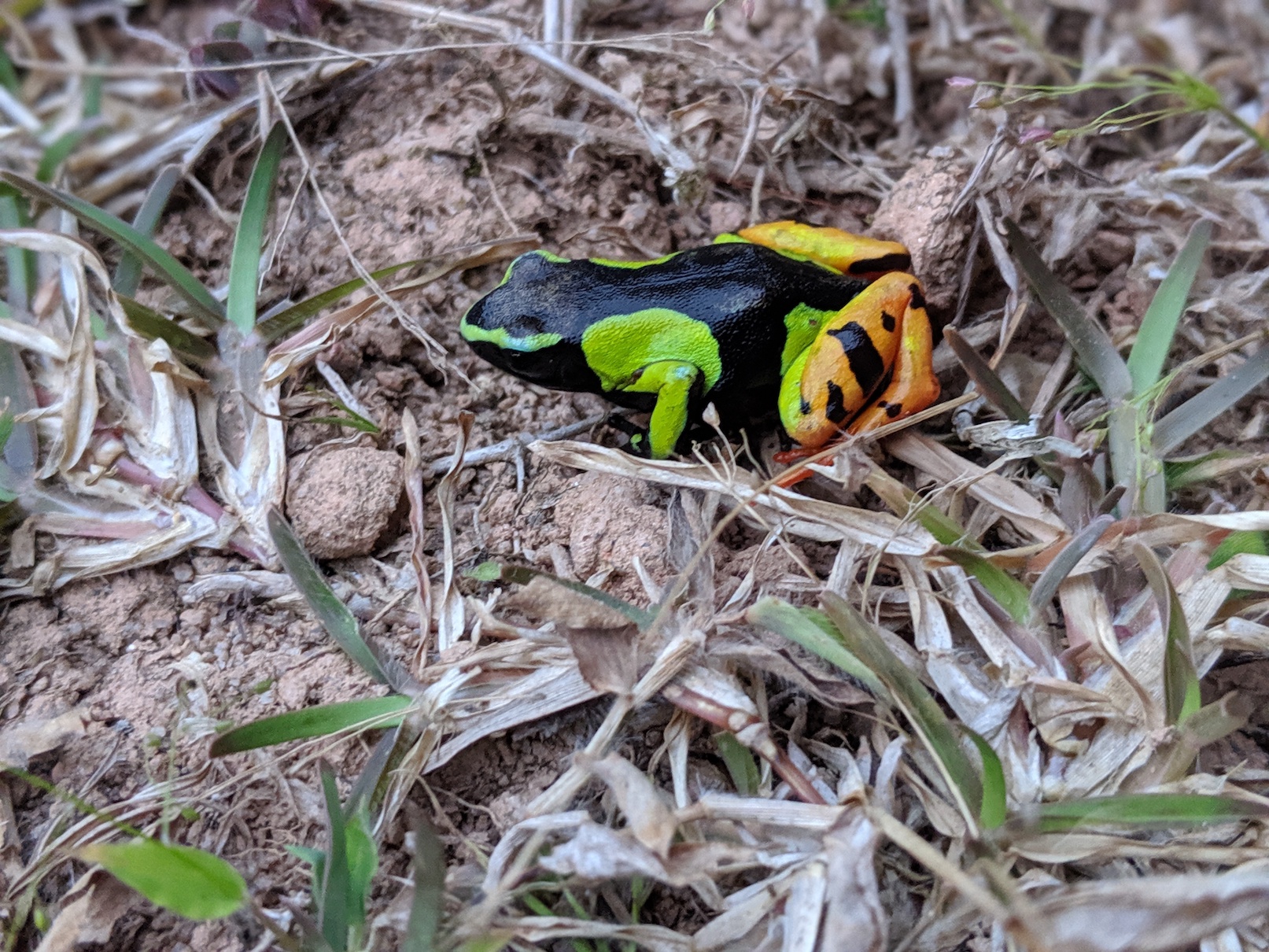

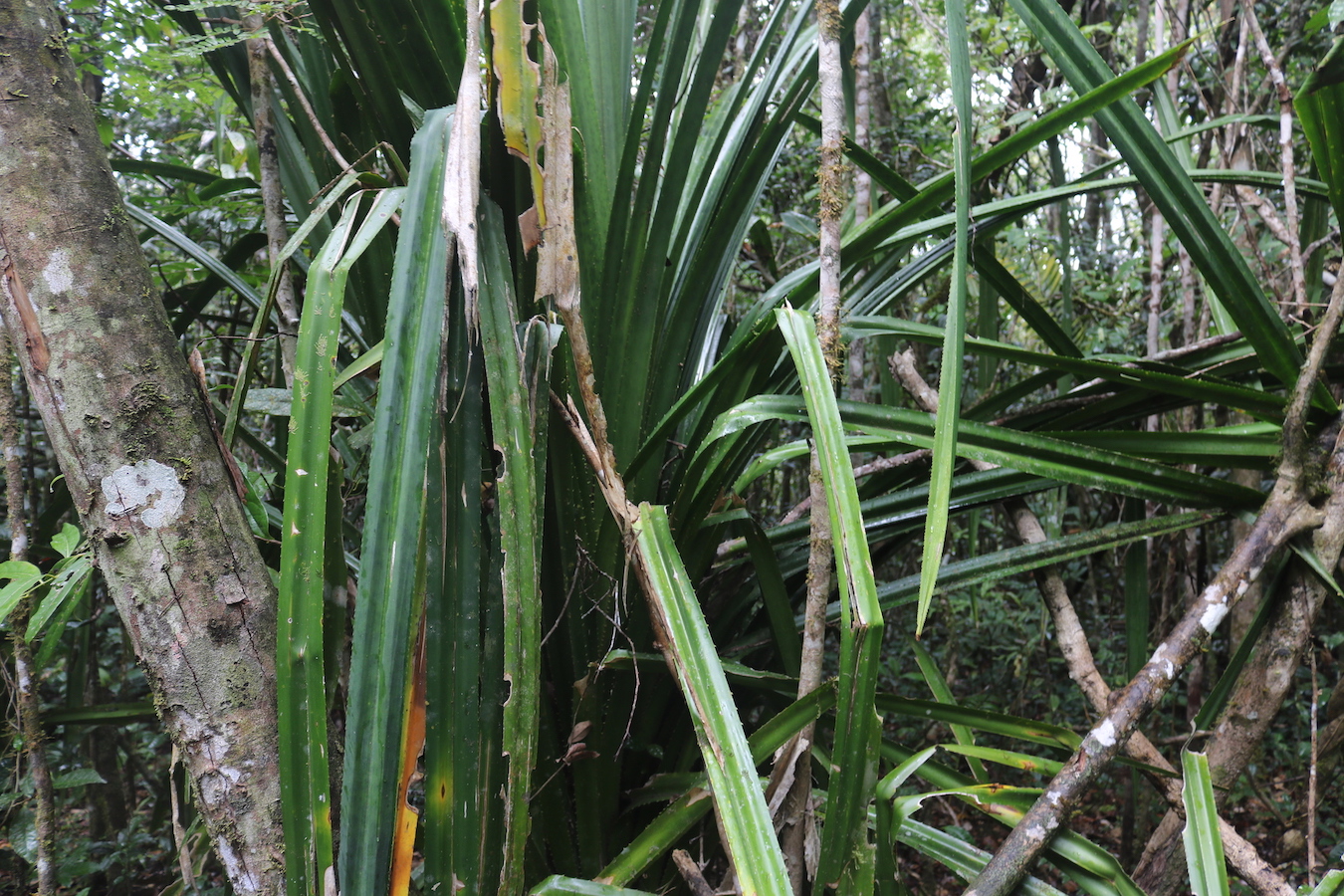

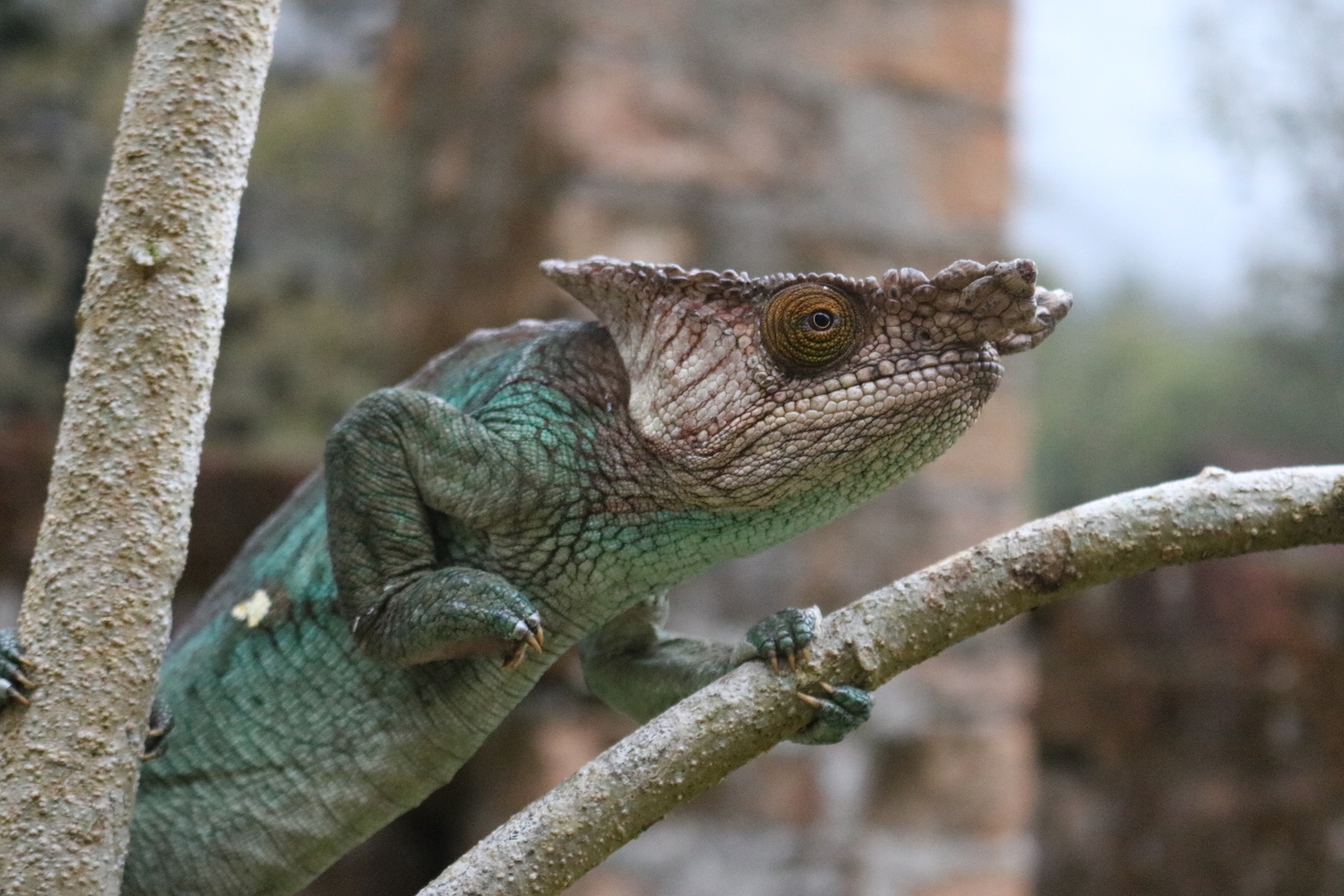

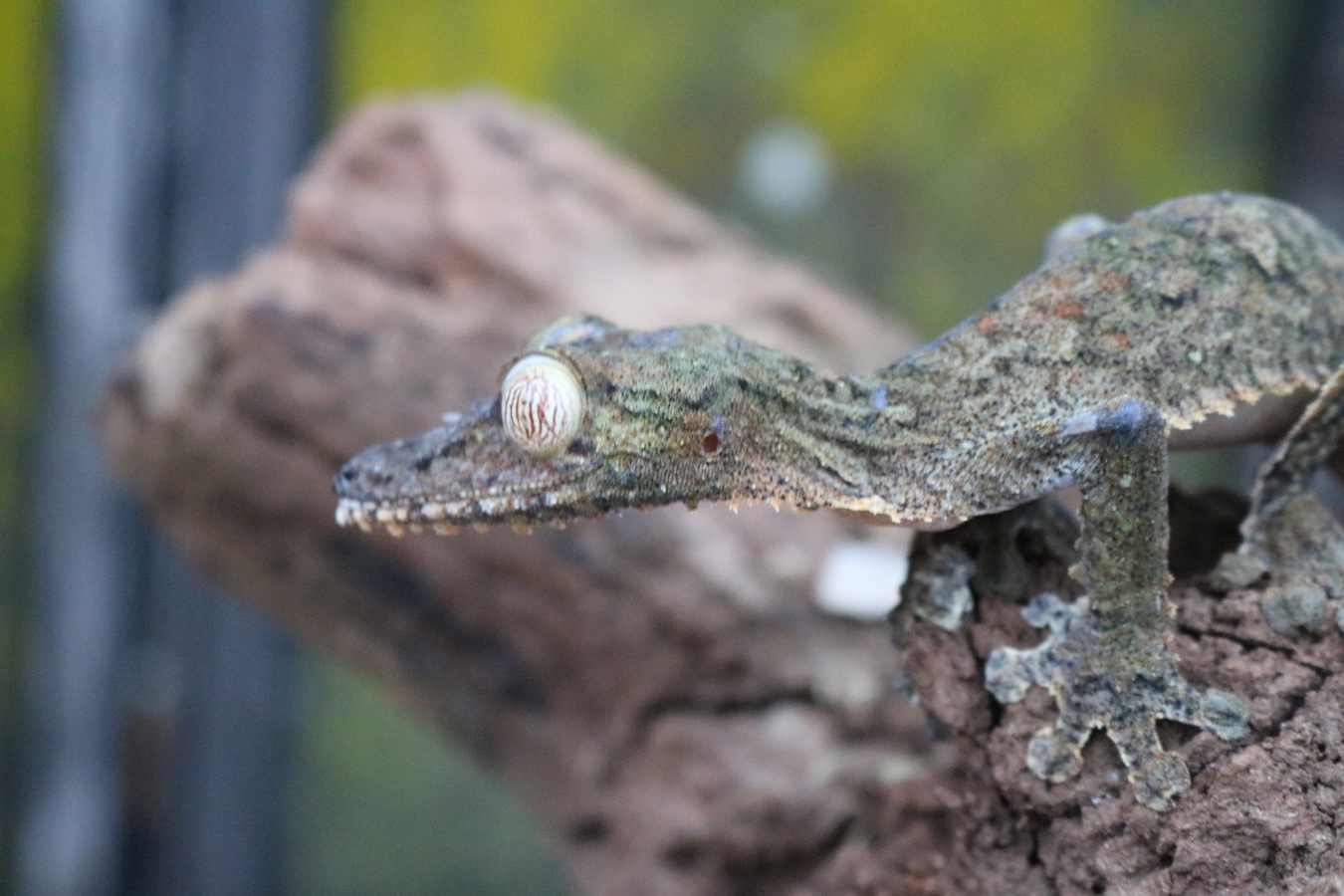
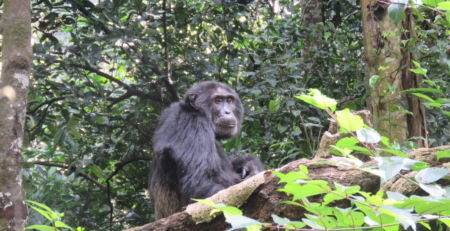
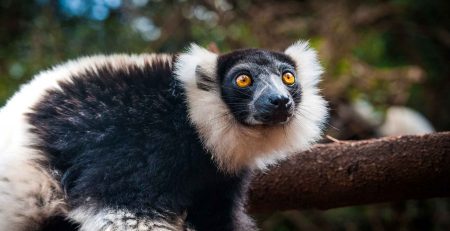

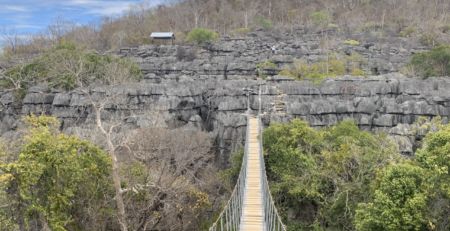
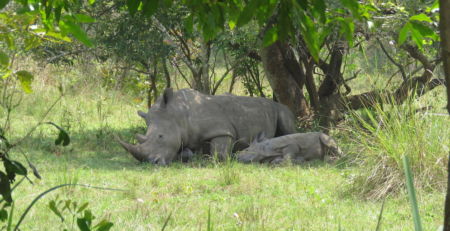

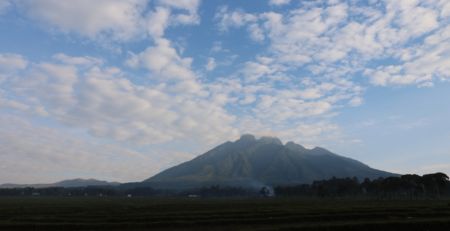
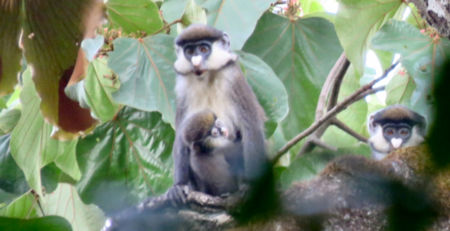
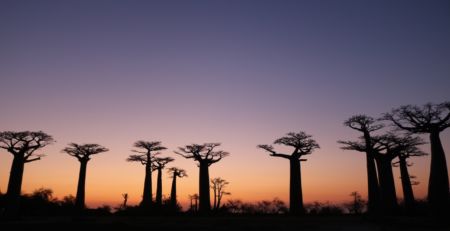
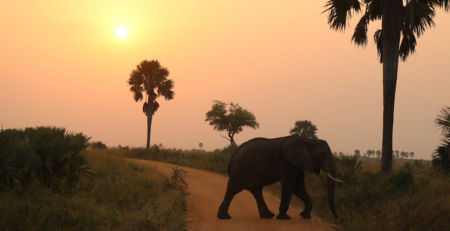
Leave a Reply